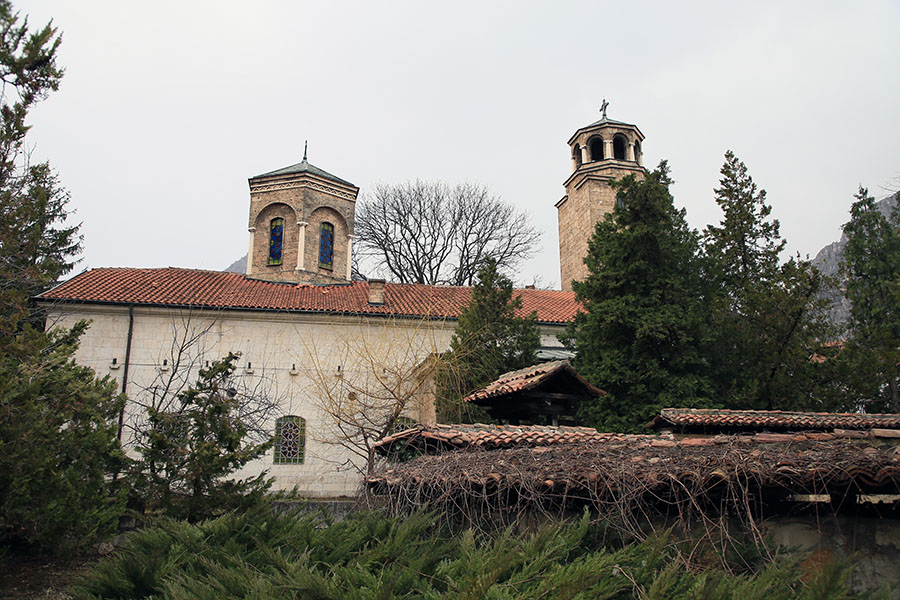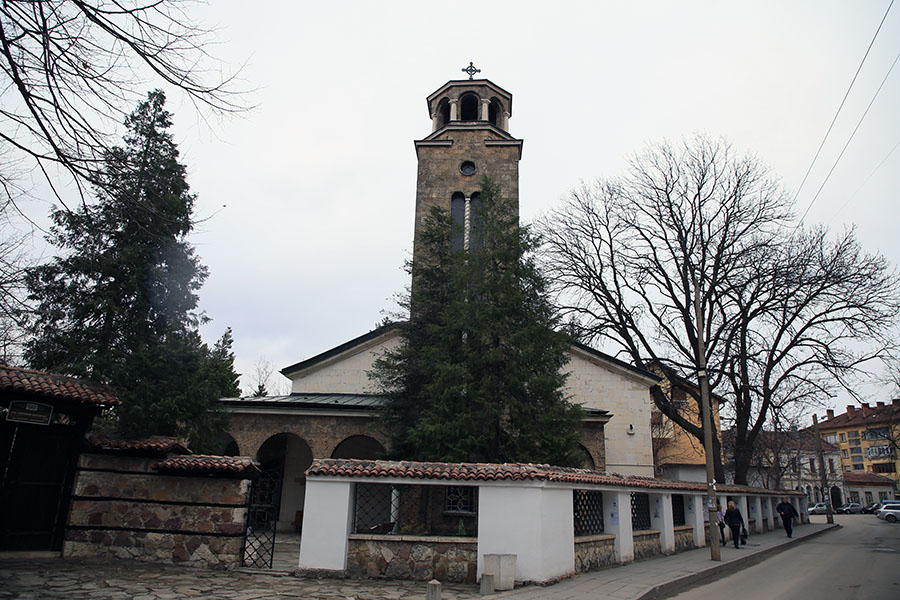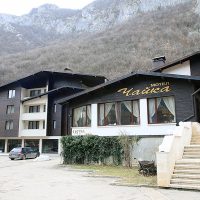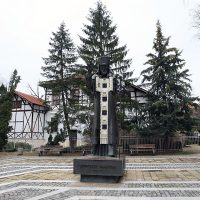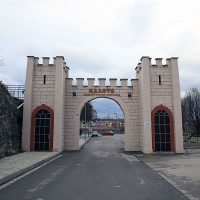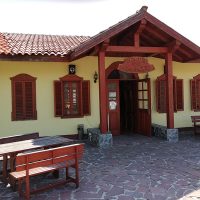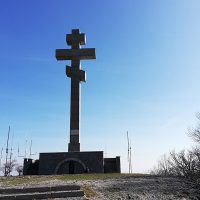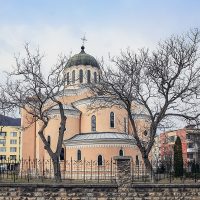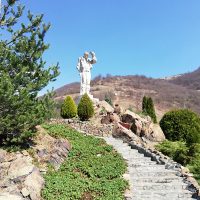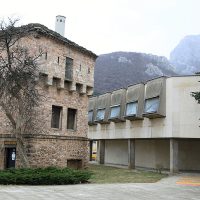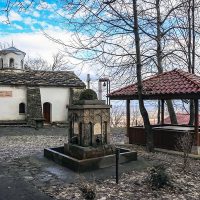








The church is part of a museum complex, together with the Ethnographic Museum and the Museum of carriages and traditional houses from the Renaissance Period. It dates from 1848, is built over an older church and is the oldest religious monument in the locality. Through its entire existence, it has been a centre of great importance for the spiritual and political life of Vratsa district, and its name is linked to remarkable Bulgarian personalities: Vasil Levski, Sofronii Vrachanski, Paisii Hilendarski. The building is shaped like a basilica with three naves, on the west side, there is the bell tower. The iconostasis and the royal gates represent an exceptional work of art belonging to the famous Debar School. The icons are painted by Anton Stanishev and the great master of Samokov, Dimitri Zograf. In 1989, on the occasion of the 250th anniversary of the birth of the Renaissance educator, Bishop Sofronie Vrachanski of Vratsa, by a decision of the Diocesan Council of the Bishopric of Vidin, the church was declared a “Memorial monument to Bishop Sofronie of Vratsa (Vrachanski)”. Sofronie Vrachanski is the spiritual protector of Vratsa. After the major restoration of 2002, every year on June 2, a service commemorating Hristo Botev and the fallen heroes for the freedom of Bulgaria takes place. In the church is organized an exhibition with the theme of ancient Bulgarian art from the Vratsa region, consisting of icons, church objects and wood carvings. The complex is managed by the Vratsa Regional History Museum.
Download PDF